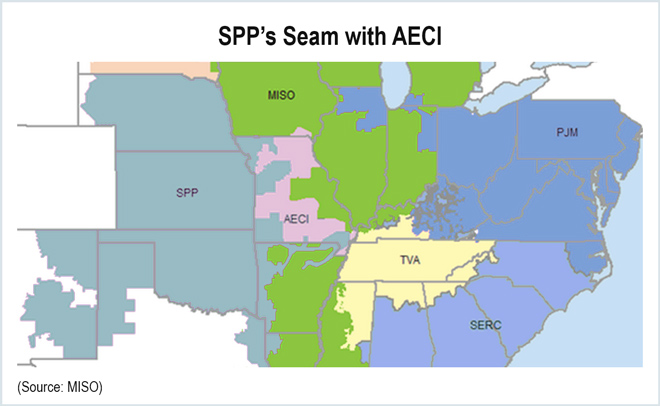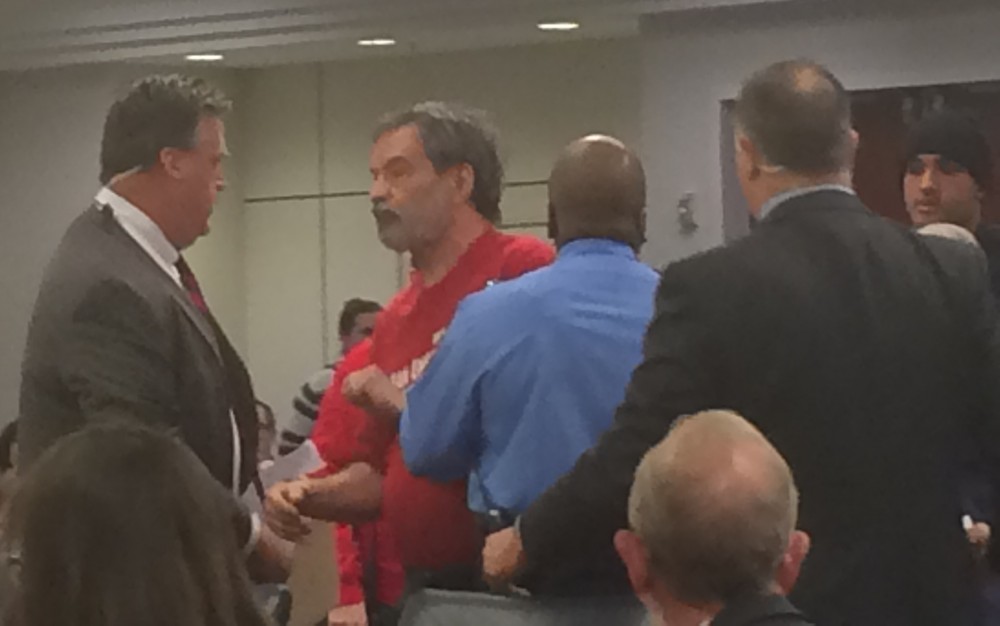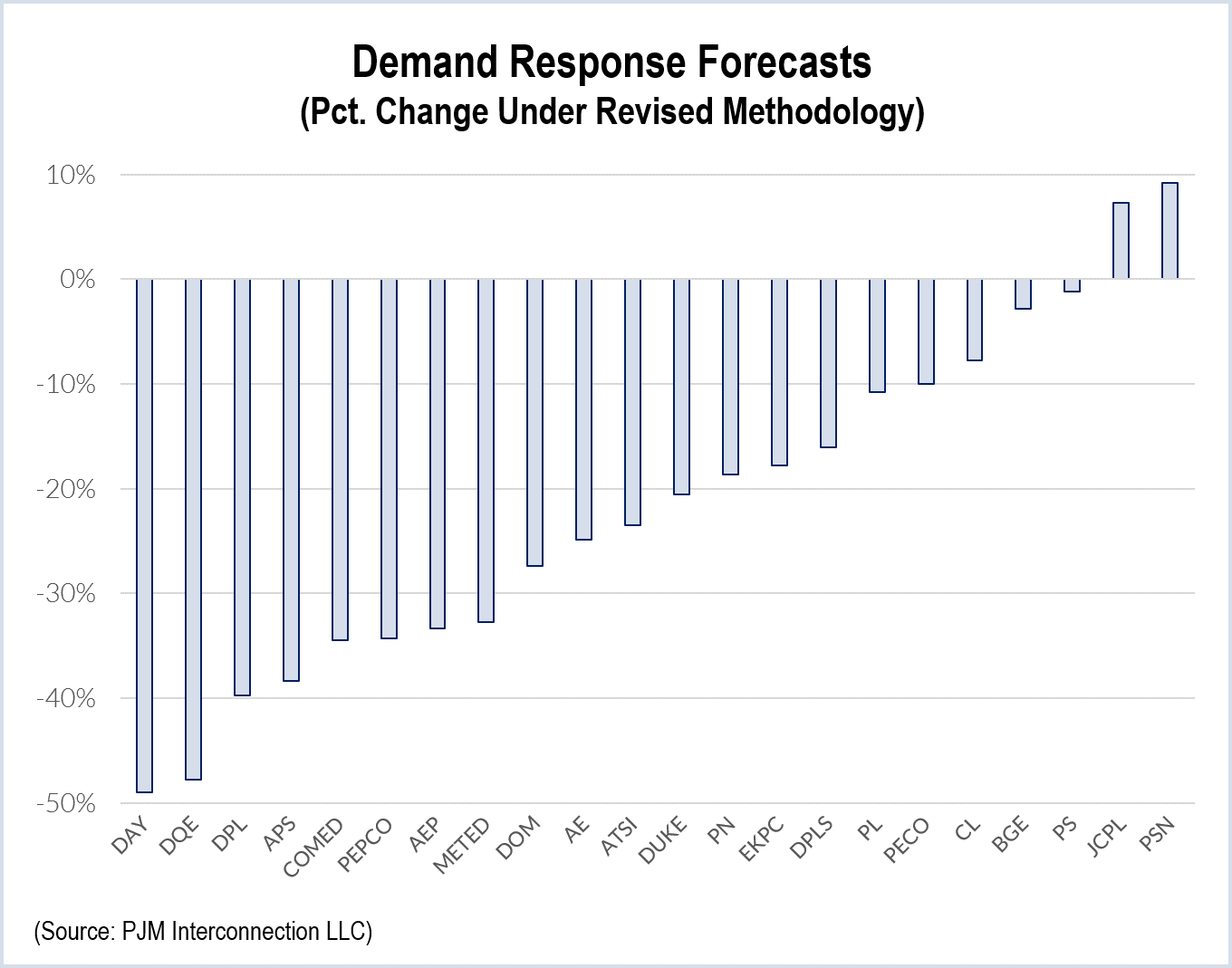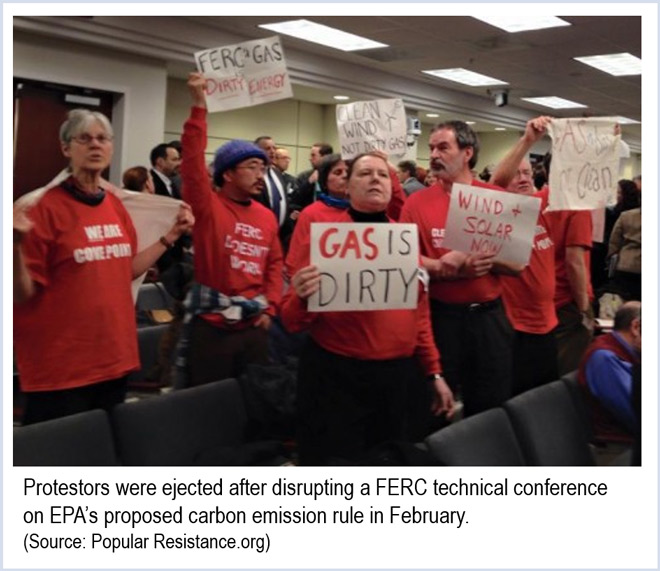By William Opalka
A divided Federal Energy Regulatory Commission last week accepted ISO-NE’s second regional compliance filing to implement Order 1000, a filing that had languished for more than a year while the commission had only four members (ER13-193, ER13-196).
FERC largely affirmed its May 2013 order accepting ISO-NE’s regional planning and cost allocation process. It found proposed revisions, filed by ISO-NE and the Participating Transmission Owners Administrative Committee in November 2013, largely complied with the directives in its first order, requiring the parties to make additional filings on some provisions.
In a post-meeting news conference, Chairman Cheryl LaFleur was asked if the delay meant the commission had been deadlocked at 2-2 in the time it awaited replacements for former Chairman Jon Wellinghoff, who resigned in November 2013, and John Norris, who stepped down last August. Norman Bay replaced Wellinghoff in August but the commission remained short one member until Colette Honorable was sworn in Jan. 5.
“That’s a reasonable inference,” LaFleur responded. “It was 3-to-2 the first time and it was 3-to-2 this time so it took five people to vote it out,” she said.
Dissents over ROFR
The order affirms the commission’s prior findings that ISO-NE must remove right-of-first-refusal provisions and that the Mobile-Sierra doctrine does not preclude that requirement. The Mobile-Sierra doctrine presumes that freely negotiated wholesale energy contracts are just and reasonable unless they are found to seriously harm the public interest.
Commissioners Phillip Moeller and Tony Clark partially dissented from the order, saying the majority did not adequately address concerns regarding the Mobile-Sierra doctrine.
“On rehearing, the commission again declines to provide the actual quantitative or granular analysis of public interest harm that is required to overcome the Mobile-Sierra protection previously granted. The result in the instant case is thus legally suspect,” Clark wrote. “Moreover, the decision has the unfortunate side effect of calling into question the commission’s commitment to upholding the regulatory certainty provided under our Mobile-Sierra decisions.”
The majority wrote that “the commission must determine whether the instrument or provision at issue embodies either (1) individualized rates, terms or conditions that apply only to sophisticated parties who negotiated them freely at arm’s length; or (2) rates, terms or conditions that are generally applicable or that arose in circumstances that do not provide the assurance of justness and reasonableness associated with arm’s-length negotiations.”
In granting a partial rehearing, ISO-NE is permitted to restore certain provisions that recognize the transmission owners’ rights to retain use and control of their existing rights of way.
The commission found just and reasonable the proposal to allocate costs of public policy transmission upgrades 70% to the region based on load-ratio share and 30% to those states whose public policy necessitated the project. FERC gave ISO-NE 60 days to file additional modifications.
Additional Filings Required
The commission also required ISO-NE and the Participating Transmission Owners Administrative Committee to make additional compliance filings that:
- Specify a process for transmission providers to enroll in the transmission planning region;
- Describe the process through which participating transmission owners will identify transmission needs driven by federal public policy requirements that will be evaluated in the local transmission planning process and how they will be evaluated;
- Revise the definition of a nonincumbent transmission developer in the ISO-NE Tariff to require that a participating transmission owner that proposes to develop a transmission facility not located within or connected to its existing electric system enter into a nonincumbent agreement;
- Modify study deposit provisions to provide a description of the costs to which the deposit will be applied, how those costs will be calculated and an accounting of the actual costs; and
- Revise the ISO-NE Tariff and Operating Agreement to provide a consistent definition of the term “backstop transmission solution” and remove language that would require a Participating Transmission Owner to continue developing a backstop transmission solution beyond what was originally proposed.






